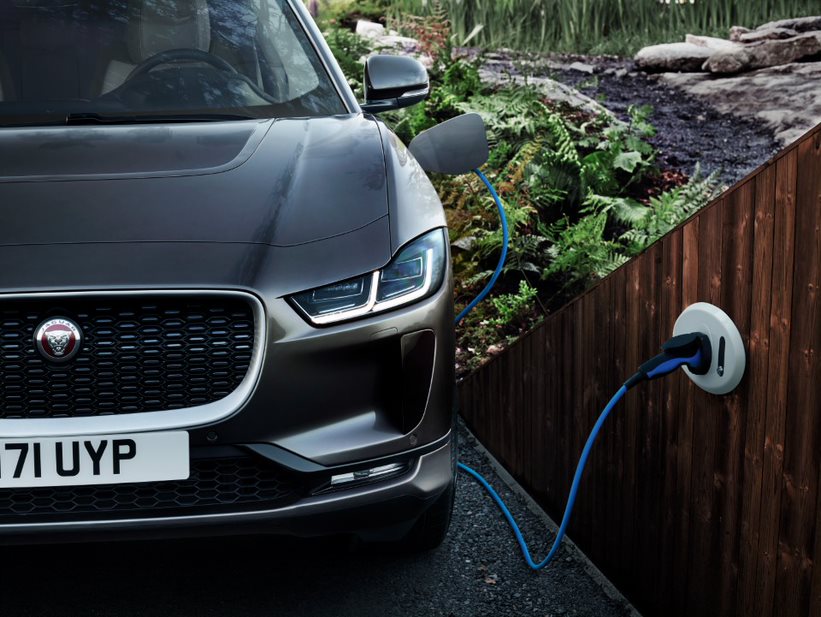The world race to control mining assets has intensified, involving China, the United States and the European Union


By Redação AutoIndústria | 7/11/23 | Translated by Jorge Meditsch
The search for green energy, clean mobility and emissions reduction has oriented many countries’ public policies. Nonetheless, these aims imply the expansion of clean energy sources like solar, wind and nuclear, but can face limitations in natural resources, especially some minerals.
The alert comes from GlobalData, a data-analysis company that sees the possibility of delay if the critical minerals supply does not meet the demand in a scenario where the world electric vehicle production reaches 50 million yearly vehicles by 2035, and renewable electric energy growth keeps accelerating.
GlobalData’s thematic report “Critical Minerals” identifies fifteen vital minerals for energy transition. Five of them are the most critical – lithium, cobalt, copper, nickel and rare earth elements – and are key for developing electric vehicles’ batteries and sun, wind, nuclear and hydrogen energy equipment.
“Various critical minerals for the energy transition are facing offer restrictions. They include supply scarcity, resource monopolies and geo-political hindrances, emphasizes Isabel Al-Dhahir, GlobalData’s Thematic Intelligence analyst.
She stresses another point:
“Geopolitics is currently at the center of critical minerals discussion. The presence of many minerals is restricted to some regions, and China dominates the exploration and processing of many others. It helped to accelerate the development of electric vehicles and energy transition industries in China. After a late reaction, the United States and European Union are eager to find a balance.”
The report says critical mineral deposits are normally found in specific world regions. Most lithium world reserves are concentrated in South America and Australia, while the Congo Democratic Republic provides a good part of world cobalt, and Indonesia dominates nickel production.
The race to control these mineral assets has intensified between China, which currently dominates the mineral supply chain and the development of energy transition energy technologies, and the United States and the European Union.
That’s what took the United States and European Union to announce investments of billions of dollars in financial support for their energy transition industries and the creation of independent mineral supply chains, recalls Isabel Al-Dhahir.
Assim como a Anfavea, o presidente da entidade, Marcelo Godoy, também não apoia pleito da…
Empresa tem acordo de participação e produção de carros na fábrica paranaense da Renault
Crossover elétrico tem duas versões de motor e autonomia de até 600 km
Há um ano no programa AutoEsporte, antes era chefe de Imprensa/Produto na Stellantis
Negócio envolve um centro de P&D e uma unidade de produção; empresa atuará de forma…
Da produção limitada a 660 unidades, dez desembarcarão por aqui